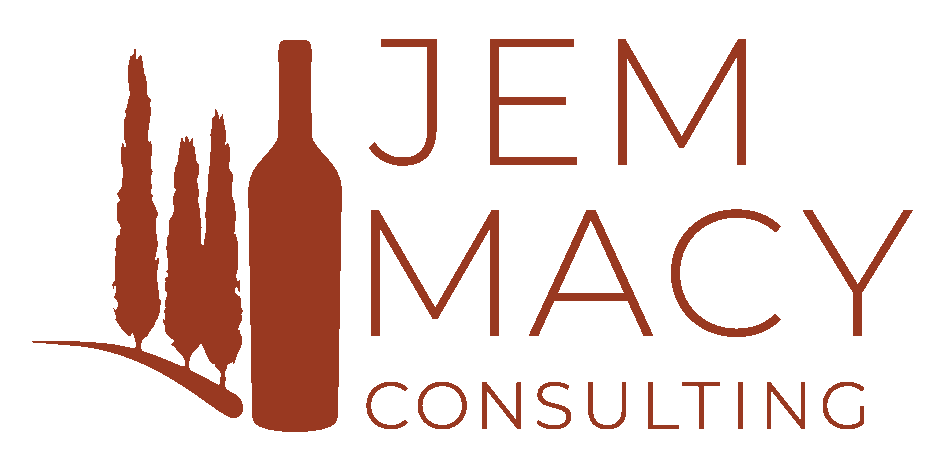90 Days: How Wineries Can Survive the Covid-19 Crisis and Emerge from it Stronger - PART II
Preparing for a Strong Recovery
Consumer sentiment in China is cautiously optimistic as people get back to work, and a series of factors argues for a relatively rapid economic recovery elsewhere, as other countries emerge from the pandemic.[1] The next few weeks and months offer wineries a chance to take steps toward changes in production and sales that will position them to capitalize on a financial recovery.
As societies return to normal work and life rhythms, consumers are likely to flock to familiar brands; downward price pressure will intensify for value segments of the market, and providing excellent value at every price level will be more important than ever. GDO channels are currently consolidating their relevance in wine distribution. Finally, it is clear that from now on, contactless commerce will be an essential distribution channel for wine.

Brands
Before the pandemic, strong brands enabled wineries to capture above-average margins. After the pandemic, a strong brand will be key to survival. Following a period of upheaval, consumers are likely to reach for wines they know, be they famous wineries or classic appellations and varietals. “Discovery” and “adventure” as reasons to buy wine are likely to take a back seat to familiar aromas and flavors in traditional packaging, at least initially. Wineries should prepare to promote their base wines, with reassuring messaging and attractive pricing.
At the same time, wineries should use this time to evaluate the strength of their brands and, if necessary, formulate a plan to hone their messages. Brand building takes time, so it makes sense to devise a plan now that includes short-, medium- and long-term initiatives.
Value
Efficient, flexible processes and teams will remain the basis for cost optimisation in the post-pandemic world. Many Italian wineries have already postponed major acquisitions. This purchasing pause provides a rare opportunity to question production processes in the vineyard and in the cellar and even benchmark them against competitors both within and outside of their appellations and countries, in order to identify what is really driving quality and what can be reduced or eliminated.
Wine shops and GDO
In some areas, wine merchants’ sales remain healthy because they offer delivery services and/or enjoy continued accessibility thanks to “essential supplier” status. These retailers can expect a sales bump when social distancing guidelines are loosened and customers return to their favorite physical wine shops, many with the intention of stocking more wine at home from now on.
Consequently, wines should—as one investor put it—"get better at standing on a shelf," which is to say provide more transparency. Packaging in general and labels in particular need to evolve to satisfy customer expectations for information, to communicate a winery’s brand more effectively and to encourage experience sharing. [Details on effective packaging will be provided in an upcoming article.]
In other areas, the local supermarket is the only wine retailer currently open for business. This experience is consolidating a decades-long movement on the part of consumers toward one-stop-shopping, as well as giving grocery stores a chance to experiment with higher-priced wines, which some customer segments were in the habit of buying through more exclusive channels.
Wineries may be able to take advantage of momentary supply-chain gaps by approaching GDO clients now. Winery-sponsored sales support can contribute to enhancing a supermarket’s wine merchandising, and the packaging improvements mentioned above are even more important for success in large, general stores with lots of traffic.
Contactless Commerce
During quarantine, many more consumers are sourcing wine online, a channel switch that has highlighted the weaknesses of current online wine content and sales offerings. Many wineries have failed to develop truly engaging web sites, to harness social media in the service of a consistent brand message and to develop seamless online ordering for retail and wholesale customers.
Now is the time for wineries to assess their online presence by asking if their digital activity is raising awareness, fostering engagement and, most importantly, catalysing sales.
If not, what kind of digital experience is needed in order to achieve these goals? Should the winery invest in developing its own online “world,” in partnering with online retailers or in a combination of both? Which platforms should form the cornerstones of its online presence? Which online businesses are potentially the most valuable partners?
Assessing current online sales and marketing capabilities, defining objectives, allocating resources[2] and scheduling the first milestones in time for the Christmas selling season will set wineries on a path to rapidly improving their use of this essential channel.
[1] Factors include the healthy state of the world economy pre-Covid-19; more robust financial systems--the legacy of the Great Recession; swift, giant government aid packages; IT infrastructure that has allowed many workers to continue being productive from home; warming temperatures and the likelihood of having a vaccine in 6-9 months. [2] Significant improvements can be made for minimal financial outlay, especially if wineries are prepared to invest some of the free time generated by the sales slowdown in development projects.
